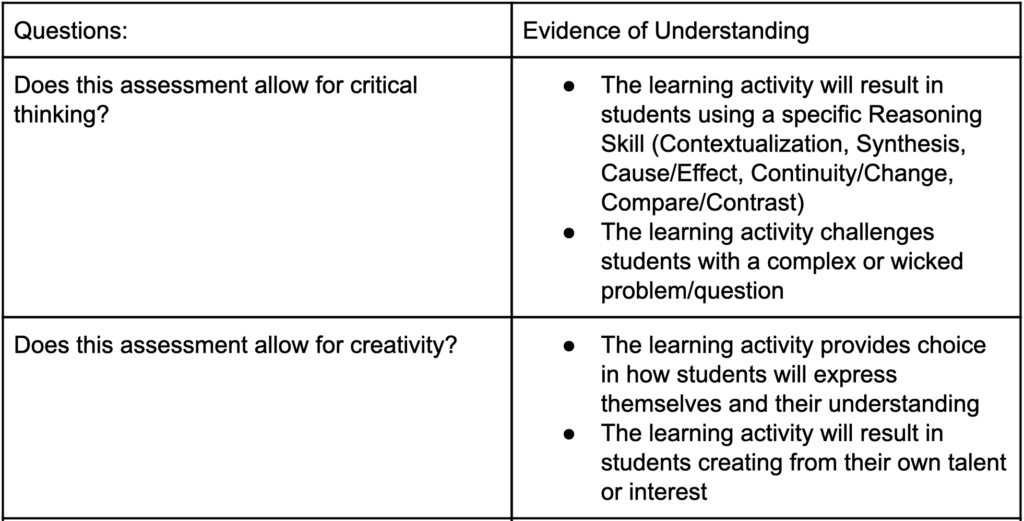Effectively Teaching Critical Thinking through Document Analysis: Formative Assessment, Backward Design, and the DBQ

The Document Based Question or DBQ is not often used in the average Social Science and History classroom. Advanced Placement (AP) classes use them as part of the learning and assessment process to prepare students for the AP Exam. Nevertheless, the average student and curriculum ought to use more DBQs however challenging they may be. The typical DBQ asks a higher order thinking question that can only be answered by evaluating various sources, typically maps, images, or written statements from a particular historical period. Students write a response to the prompt by using the documents as evidence for an argument or historical claim. Students then write a response to the prompt.
Depending on the designed outcome, the DBQ is the ideal assessment. Typically teachers want their students to learn how to synthesize multiple pieces of information into a coherent argument, usually around other reasoning skills like Cause/Effect, Continuity/Change, and Compare/Contrast. A typical question in this order might be “Using the following documents, evaluate the extent to which political and economic factors led to the outbreak of the Great War (World War I).” These types of questions assess a variety of skills and competencies, but they are time-consuming to create and grade. Unfortunately, these types of assessment are underutilized. Too often, teachers turn to ready-made multiple-choice, matching, short-answers, and the occasional short essay. While many of these types of assessments have their place, they are best used to build toward the DBQ. In many ways, the DBQ provides a clear picture of what skills and knowledge a student has acquired and informs teachers on what skills and content they will need to review or adjust.
I am currently developing an Assessment Design Checklist that will be used to evaluate assessments, particularly formative assessments. In a yes/no style question, I have asked two critical questions: (1) Does this assessment allow for critical thinking? (2) Does this assessment allow for creativity?
I have written about this checklist and these questions previously, but this is the first time I am applying these questions to a particular formate or style of assessment. Click here for the Checklist which will be updated as I develop it further.

Using the information from “Evidence of Understanding” to evaluate this genre of assessment, the DBQ does indeed allow for critical thinking. However, the typical DBQ does not allow for creativity—at least in the conventional manner in which we think of creativity (drawing, acting, digital creation, etc.). It is possible to create a type of DBQ that utilizes student creativity, either with digital tools or with physical mediums. I will address this at the end, but again this approach is not typical for DBQs, as they usually are considered a type of formal essay.
The most challenging skill in the DBQ is critical thinking through document analysis. Reading the various documents, interpreting their meaning, and synthesizing their content as evidence in a well-crafted essay is complicated. Indeed, each one of these skills must be taught individually before assembling them in the DBQ. With this goal in mind, teachers ought to backward design the skills necessary to accomplish this task (Wiggins & McTighe, 2005). Students ought to start with reading and interpreting various sources of different genres. Images, narratives, poems, maps, and charts should be examined, and students should practice writing in response to particular documents. Gradually, students should be introduced to multiple sources from the same perspective in answering a question. Students should then be introduced to various sources that argue different things, but do not contradict each other. Finally, students should evaluate several sources from multiple perspectives that are contrary to or assert different truth claims from one another. Students will also need to learn how to write an effective thesis and how to use evidence effectively. Teachers might tend to isolate various skills and hope that by teaching each individually, a new whole will emerge where students assemble the essay from the parts. However, building upon the previous is vital to growth in this instructional design. In this manner, there are many opportunities for formative assessment and adjustment as student hone their knowledge and skills. Ultimately, the ability to synthesize sources and create a coherent historical argument is the primary skill and task of the historian.
While the AP Exam assesses learning through this method and college professors assign research papers that require the same skills, today’s technology allows for even more exciting and meaningful opportunities. Students are no longer confined to paper and stagnant sources. Indeed, they can engage with old music, the audio recording of speeches, video of past events, and even news and film. Beyond source material, teachers can also shift into digital DBQs, not as a typed document in a substitution for paper, but as a real transformation of learning.
This is where the creativity can come into this type of DBQ. Students can create a video using various media as source material to create an argument for their thesis. Perhaps they can create a video on the top 3 causes of World War I, post the video to a Youtube channel, and engage with classmates or the public in discussing and defending the analysis. The possibilities that technology provides is boundless in transforming student learning.
Teaching students how to use these tools and other creative skills can and should be taught to students throughout the year along with the critical thinking. One need only think about the desired outcome through a contemporary medium and backward design, teaching the requisite skills throughout the class.
References
Wiggins, G.P. & McTighe, J. (2005). Understanding by design. Alexandria, VA: Association for Supervision and Curriculum Development.

